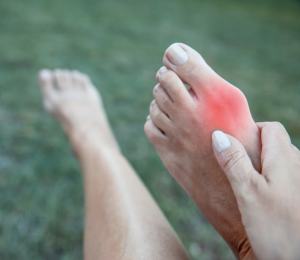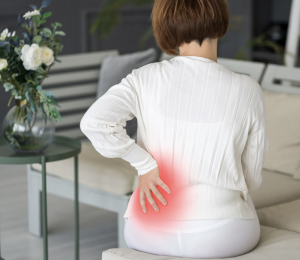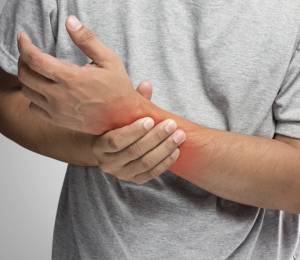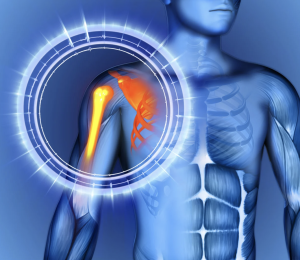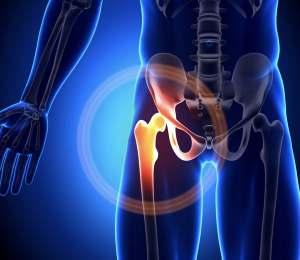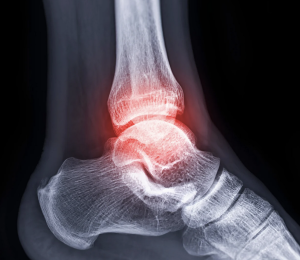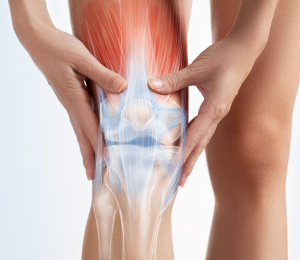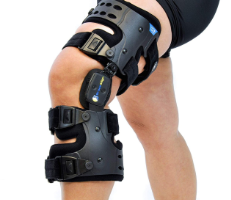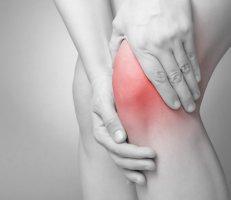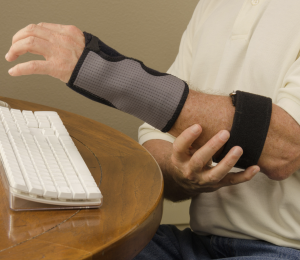What is Bursitis?
Fluid-filled sacs, known as bursae, provide protective cushioning for the bones, muscles, and tendons that surround your joints. When these sacs become inflamed, the result is a painful condition called bursitis.
Inflammation in these protective sacs often results from:
- Injury
- Infection
- Repetitive stress
- Rheumatoid arthritis
You may be at increased risk for bursitis as you age, if you work in a job that requires repetitive movements, or if you participate in sports with repetitive actions, like throwing a ball or swinging a club.
What is Sciatica?
Sciatica is a painful condition that results when the sciatic nerve that travels through your lower spine and down into your legs becomes trapped. Excess pressure on this nerve causes numbness, pain, and weakness in your low back and legs, making it difficult to walk, stand, or sit for long periods of time.
Common causes of sciatica include:
- Bone spurs
- Herniated disc
- Narrowing of the spine (spinal stenosis)
These issues can compress the sciatic nerve and cause persistent pain or sensations of an electric shock when you move a certain way.
How are Bursitis and Sciatica Diagnosed?
Your Commonwealth Orthopaedic Associates physician can often diagnose both sciatica and bursitis based on a description of your symptoms. To confirm a diagnosis, they may also request imaging tests, like an X-ray or MRI, to get a better look at your internal structures.
If your symptoms relate to sciatica, your physician may also perform an EMG to evaluate the electrical signals sent out by the sciatic nerve.
What Treatment Options are Available for Sciatica and Bursitis?
For both conditions, your Commonwealth Orthopaedic Associates physician can recommend prescription or over-the-counter pain relievers and anti-inflammatories to keep you comfortable. Physical therapy can also help reduce pressure on your nerves to reduce the severity of your sciatica.
If these treatments don’t alleviate pain or mobility issues, your physician may recommend steroid injections to treat inflammation in your spine or joints.
When complications of bursitis or sciatica make it difficult to work or stay physically active, your physician may recommend surgery to relieve pressure on the nerve, in cases of sciatica. Surgery for bursitis is usually only necessary if the inflamed bursae need draining.
Find out more about effective treatment options for sciatica and bursitis by calling Commonwealth Orthopaedic Associates today, or book an appointment online.




